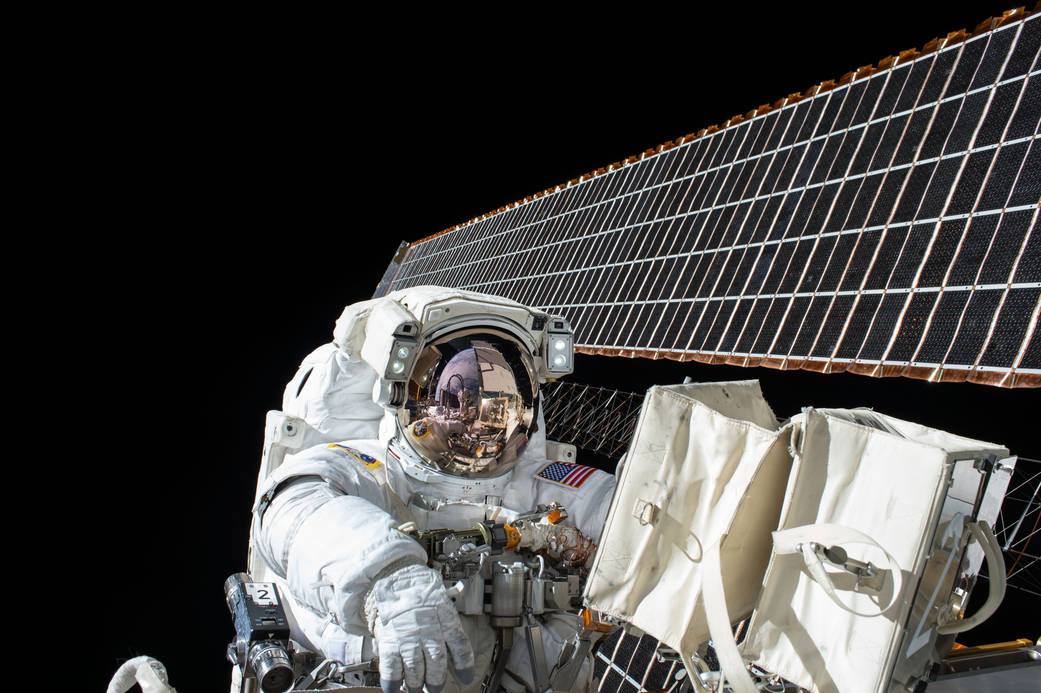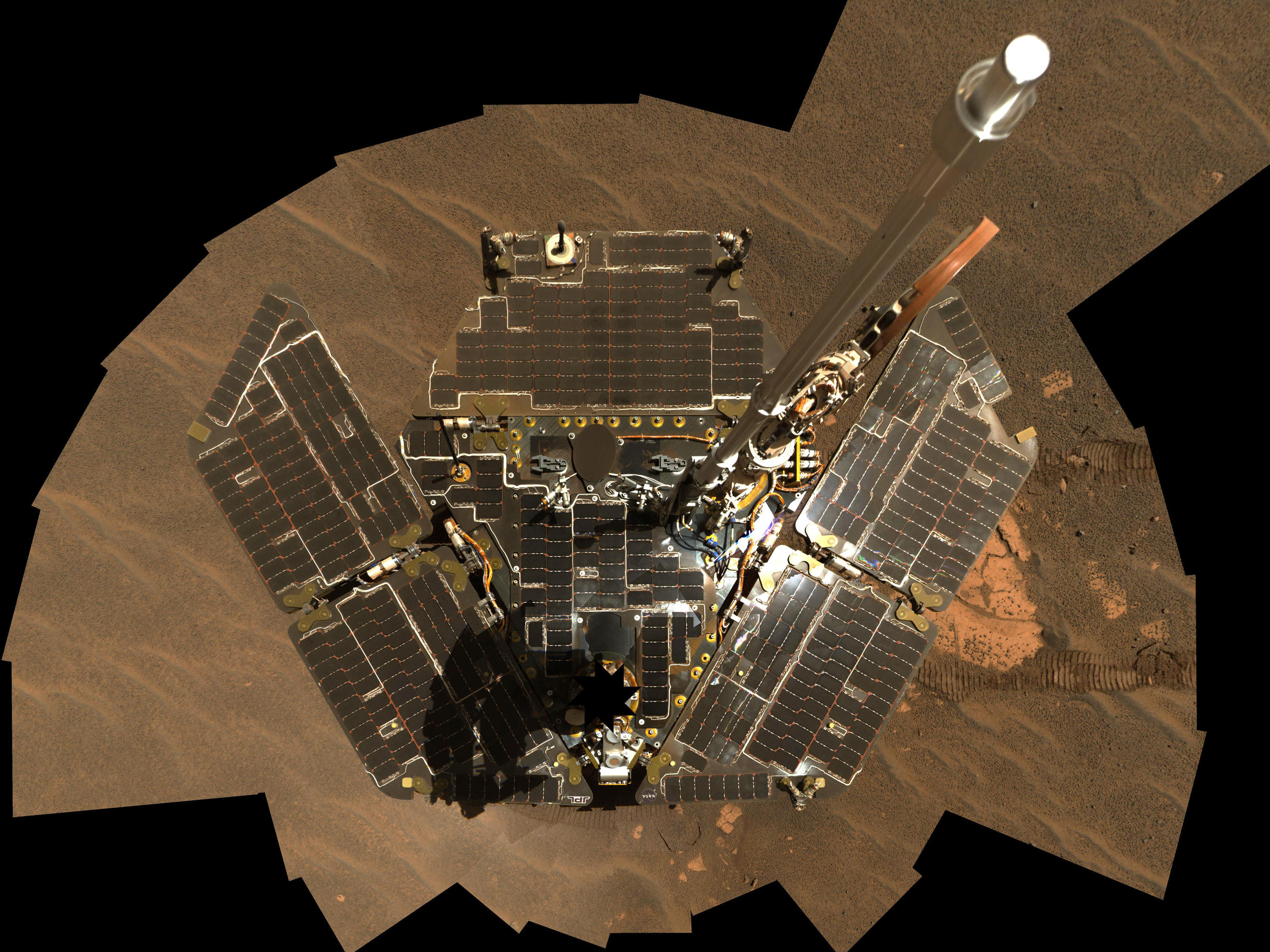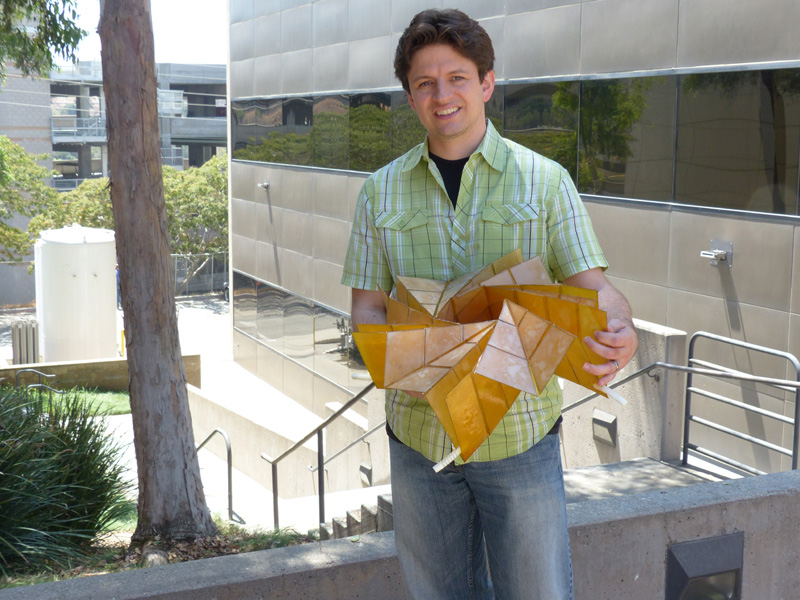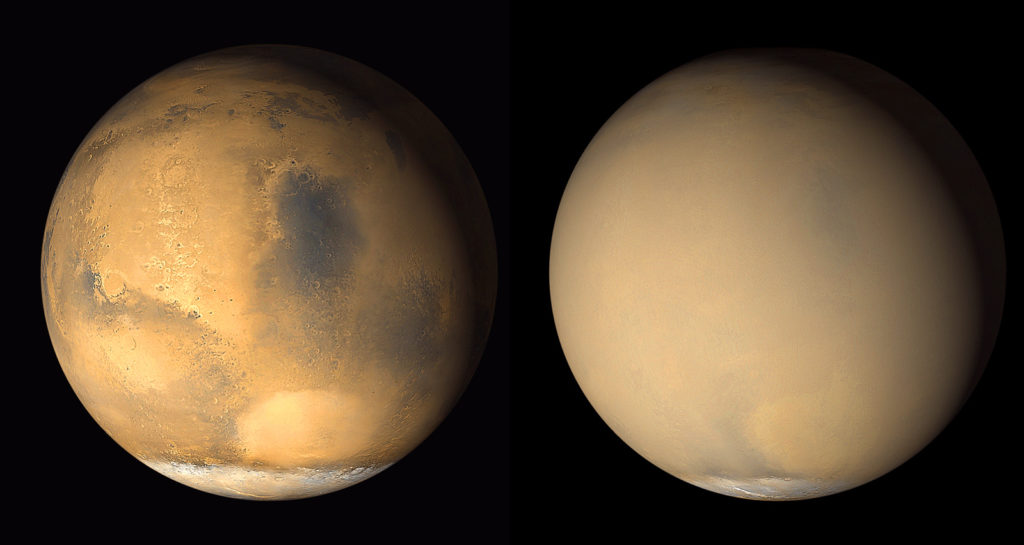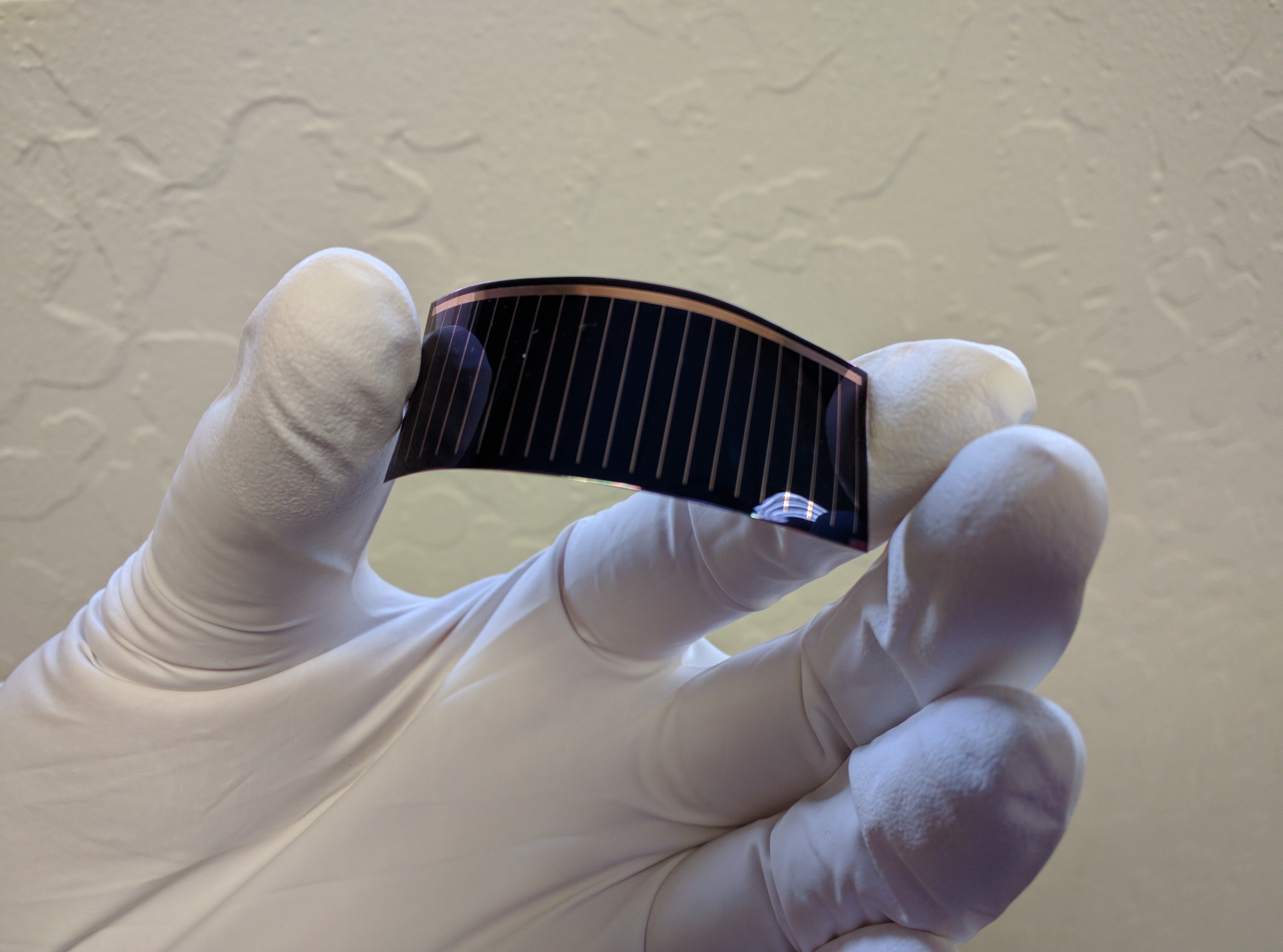Nasa Invented Solar Panels

First solar residence in 1973 the university of delaware was responsible for constructing the first solar building named solar one the system ran on a hybrid supply of solar thermal and solar pv power.
Nasa invented solar panels. Now almost everything arriving in the ionosphere is multi junction. Solar panels on rooftops collect energy from the sun that can be used for heat and power. Regular silicon cells were used first until gallium arsenide made it out of r d in the 90s. Nasa has taken an interest in solar for a long time.
In 1966 nasa launched the world s first orbiting astronomical observatory powered by a one kilowatt array. Groups of solar cells that collect the sun s energy and change it into electrical power. Another nasa partner msgi technology solutions recently unveiled solar cells that incorporate tiny carbon pillars called nanotubes into the solar cell design. In 1954 the three american researchers gerald pearson calvin fuller and daryl chapin were able to create a solar panel that could the had the efficiency level of 6 with direct sunlight.
The international space station. Instead solar was integrated into the rooftop. The hubble space telescope uses solar panels for energy. The nanotubes help reduce reflected light using the pillars to snag photons that would bounce off of a traditional flat panel.
Chapin et al s solar energy converting apparatus patented february 5 1957 u s. Solar power has long been of interest at nasa starting with vanguard 1 the first artificial satellite powered by solar cells to start circling the globe. Russell ohl was the first inventor who created the silicon solar cell in 1941. In 1972 the university of delaware created the first laboratory dedicated to photovoltaic research.
Researchers at nasa didn t invent solar cells but the organization did help keep the technology alive during the years when it was still largely uneconomical. These two large solar panels give the messenger spacecraft its power. Nasa s grapefruit sized vanguard 1 satellite was the first to use solar cells when it was launched in 1958 and solar panels are still used extensively in space. A year later a solar cell was developed with 10 efficiency but still saw little usage outside of spaceflight.
The early 1970s brought a surge of renewed interest in solar energy s potential as a renewable source of electricity. While the very first satellites were battery powered solar arrays became common in orbit by the 60s. Oil shortages fueled solar power s growth.
